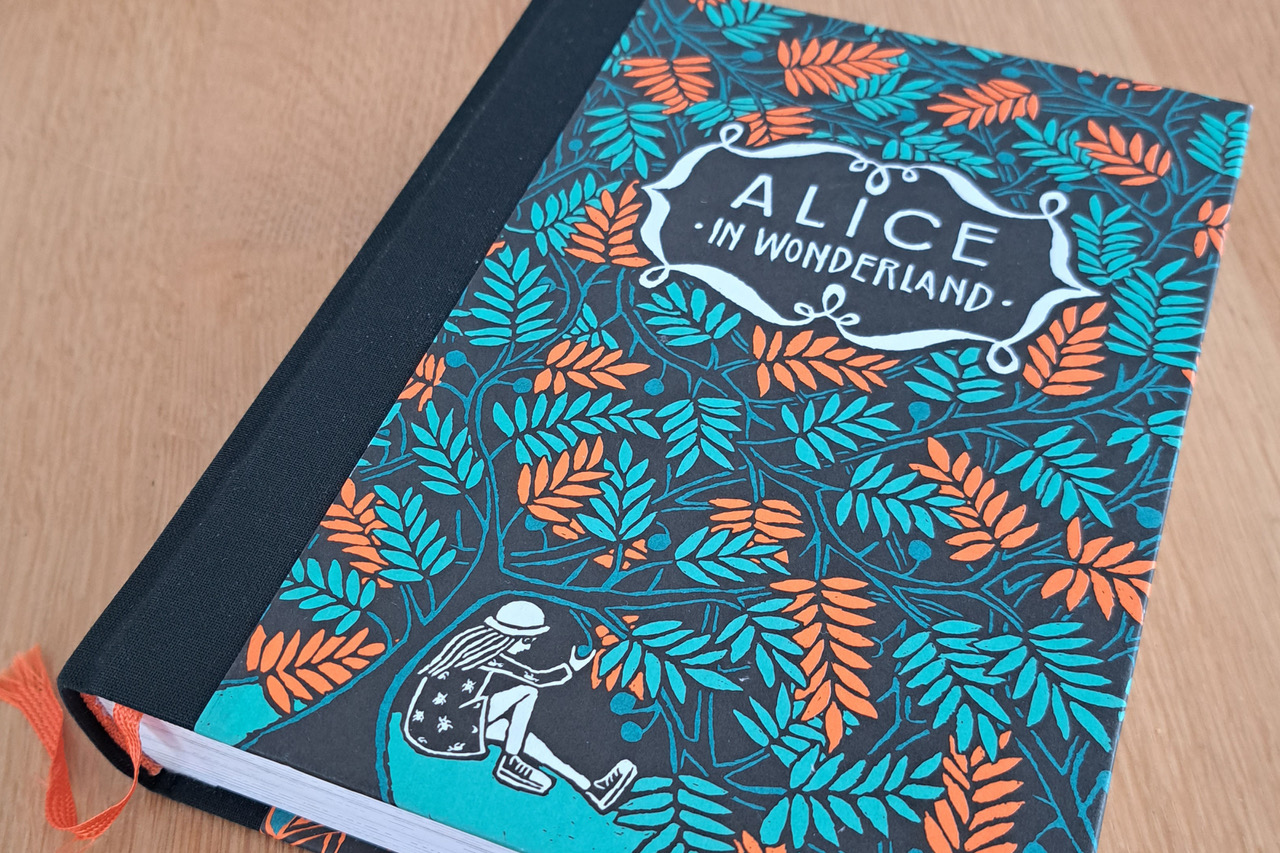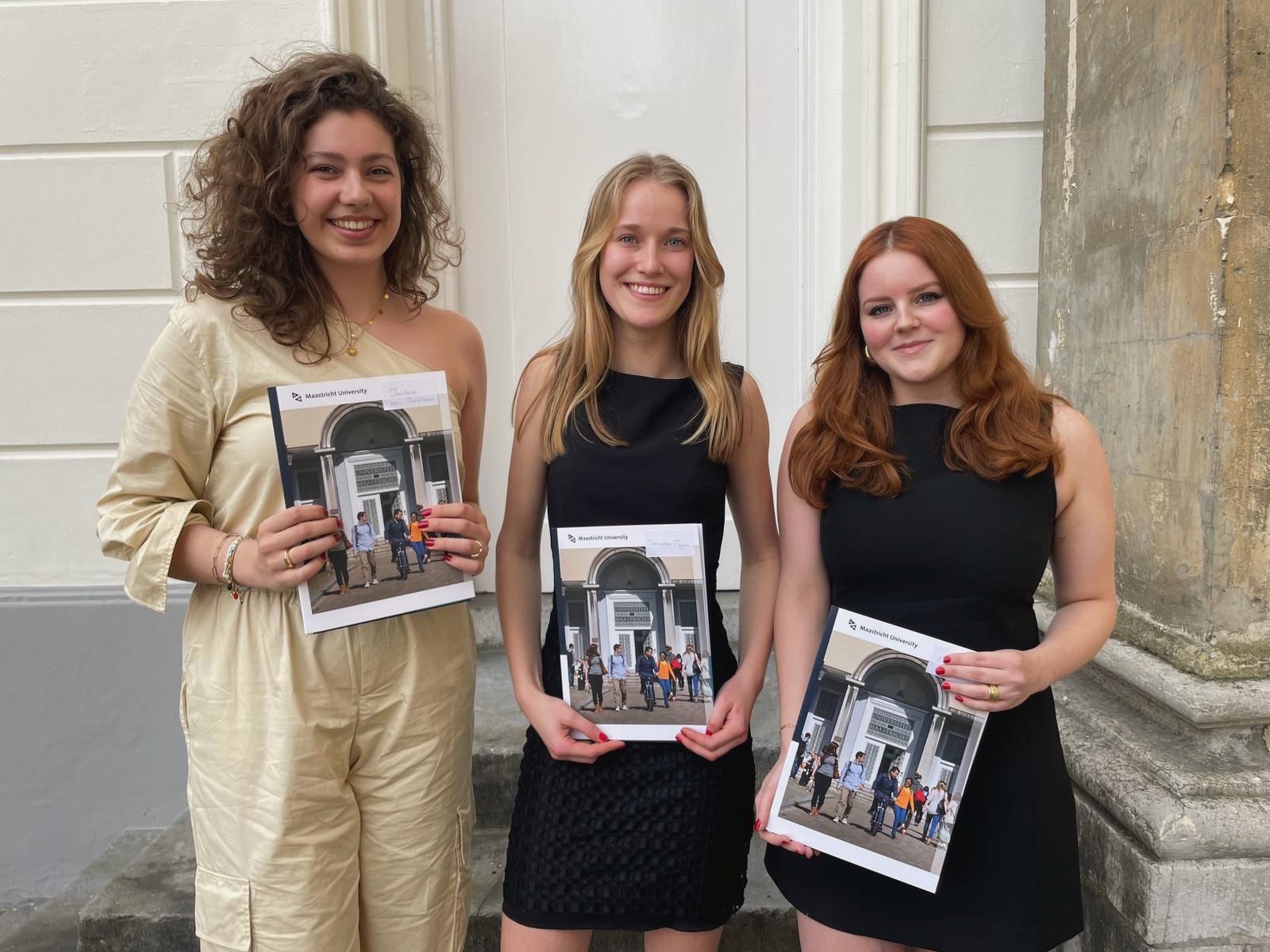Curious about resilience
“We keep moving forward, opening new doors, and trying new things, because we are curious and curiosity keeps leading us down new paths.”, Walt Disney
In Lewis Carroll’s famous “Alice’s Adventures in Wonderland” Alice is confronted with a series of unexpected and challenging situations. It all starts with her following a hasty rabbit into a rabbit hole. She ends up at the bottom of the rabbit hole and spots a beautiful garden behind a very little door. Yet, she quickly realises that she will not fit through that door and starts exploring the rabbit hole.


department of Macro International and Labour Economics, Maastricht University School of Business and Economics
Alice finds a bottle with some liquid and after some mental processing, she drinks from the bottle. She unexpectedly starts shrinking and gets very excited as she will now fit through the door that allows her to explore the gorgeous garden. However, her excitement turns into despair as she realises that she left the key on the table, and she is now too small to reach it. She starts crying.
After a short while she tells herself that crying will not bring her any solution and she continues exploring the rabbit hole. She finds a cookie. Optimistically she takes a bite, thinking “I either become bigger and can grab the key, or I shrink further, and I fit underneath the door. Anyhow, I will end up in the garden”. She indeed starts growing, yet, she continues to grow until she is stuck in the rabbit hole.
From here her adventures continue, though I will stop here. To me Alice is a great example of a resilient person. She is also very curious. Recently I got interested in both resilience and curiosity in an educational context, and a possible relation between the two. In this short blog I will share some first observations and especially some questions and thoughts that I want to study in the coming months. I should warn you that there is not yet a structured line of thinking, as I am still in the process of going down the rabbit hole myself.
Resilience refers to “the process and outcome of successfully adapting to difficult or challenging life experiences, especially through mental, emotional, and behavioural flexibility and adjustment to external and internal demands”.1 One of the factors contributing to resilience is the way in which people view and engage with the world and deal with unexpected circumstances. Curiosity refers to the joy of discovery and the motivation to seek answers to what is unknown and includes the willingness to explore something that is unknown, seek answers to each question, and accept uncertainty.2 These definitions, at least to me, point to overlap between the two concepts.
Though I just started investigating the literature, I could not find much research linking the two concepts directly, whereas more indirect relations can be derived. For example, curiosity is shown to support active learning, and is positively related to the exploration of alternatives, the openness to novelty and the attitude to see new situations as positive challenges or adventures.3 These factors support a proactive way of dealing with new situations, ambiguity and bounce back when confronted with setbacks, which is at the core of being resilient.4
Next to a literature search on the relation between resilience and curiosity, which I need to do much more extensively than done at this point, both concepts are also point of debate in schools. The COVID-19 pandemic has shown that resilience might important for children and students in how they coped with the unexpected changes in education as a consequence of the pandemic. Curiosity could be a potential driver.
Recently, some analyses have been done on the relation between personality traits, including openness to experience (which is strongly linked to curiosity) and how students coped with the school closures. On the one hand, among Belgian students it was observed that more open students were more likely to view the uncertain period of school closures as an opportunity to invest in personal growth.5 On the other hand, there was no relation between openness to experience and better coping strategies or more positive experiences. On the contrary, a similar analysis among Dutch students indicates that more open students reported less beneficial aspects of their experience with distance education, i.e., they reported missing school more often and generally felt more stressed due to the school closure.5 What is behind these results and the observed differences?
Together with a group of primary school teachers we are currently studying curiosity both from a research and a practical perspective. The teachers signalled that over the years they observed a decline in curiosity among children. Is this true? We also embarked on an empirical analysis, using a regional educational monitor that we run for several years.6 Preliminary findings show a drop in curiosity after 2019. This could be related to the COVID-19 crisis and school closures and further research is necessary to examine this.
What could be reasons for declining curiosity? A possible reason the teachers mention is the common practice of giving immediate instruction when children are asked to do an assignment. Children do not really get a chance to first explore a bit themselves. Do children also experience this? Does it impede curiosity among all children?
Another possible reason that they mentioned are an emphasis on passive curiosity in methods used in schools, but also the (social) media and Internet. They argue that there is not much room for fantasy as contexts are described and given, and oftentimes not related to the (imaginary) world of the children themselves. “The curiosity of today's youth seems to be mostly passive in nature. It seems that the more curiosity is automatically stimulated by the media and the Internet, the less people actively seek it themselves. So active curiosity may even be decreasing under the influence of the large amount of passive curiosity”.7
Moreover, some argue that curiosity is sometimes treated as something negative. In English there is the expression “Curiosity kills the cat” and in Dutch we have a saying being a “nieuwsgierig aagje” (nosy parker). This stems from a seventeenth-century story about a woman that wants to join a skipper on its travels. They arrive in Antwerp and she is asked to wait a bit on board while the skipper arranges some things before they can go into town. However, her curiosity leads her to leave the ship and go into town by herself. She ends up drunk in a bar and is being robbed from all the money she had received from her husband.8 In essence it tells us that (too much) curiosity can also backfire.
Also, when children exhibit curious behaviour, they become noisy because of the excitement. Some teachers argued that in class this behaviour is sometimes seen as undesirable as it disrupts the order in class. They realised that by correcting the children, they also teach them that curiosity is something undesirable. What do we really know about subtle (and less subtle) teacher behaviour that fosters or limits the development of curiosity in school?
Moreover, in our preliminary data analyses we observe differences in curiosity between children from different socioeconomic backgrounds. Children whose parents have an academic degree show higher (self-assessed) curiosity, especially when compared to children whose parents have a medium vocational education. This might be related to less stimulus at home for the children from the latter group, but mechanisms need to be explored in more depth. Interestingly, it seems to be the children from parents with an academic degree who show the earlier mentioned decline in curiosity since 2019. We are curious to find out what is behind this. Especially given the fact that research shows curiosity to be of higher influence for those of a lower socio-economic background.9
My plan is find out more about curiosity among children. What patterns do we see over time? What differences do we observe between groups? What mechanisms are behind the patterns and differences? Do we have good measures for curiosity? How can we foster curiosity in school? How is it related to resilience? By looking for answers to these, and other, questions, we can support the development of resilient citizens, now and for the future. It will be a fun journey that I embark on with a curious attitude like Alice in her adventures.
References:
1 Dictionary of Psychology, American Psychological Association, https://dictionary.apa.org/resilience
2 Shah, P.E., Weeks, H.M., Richards, B., Kaciroti, N. (2018). Early childhood curiosity and kindergarten reading and math academic achievement. Pediatric Research 84, pp. 380–386. https://doi.org/10.1038%2Fs41390-018-0039-3
Jirout, J., & D. Klahr. 2012. Children’s Scientific Curiosity: In Search of an operational definition of an elusive concept. Developmental Review, 32(2), pp. 125-160. https://doi.org/10.1016/j.dr.2012.04.002
3 Friborg, O., Hjemdal, O., Martinussen, M., & Rosenvinge, J. (2009). Empirical support for resilience as more than the counterpart and absence of vulnerability and symptoms of mental disorder. Journal of Individual Differences, 30(3), pp. 138-151. https://psycnet.apa.org/doi/10.1027/1614-0001.30.3.138
Harrison, S. (2009). Curiosity in organizations. A dissertation published in partial fulfillment of the requirement for the degree Doctor of Philosophy. Arizona State University.
4 Bojilova, A. 2021. Taking the road less travelled Exploring the link between curiosity and resilience with 1NZSAS. Doctorate Thesis University of Waikato. https://researchcommons.waikato.ac.nz/handle/10289/14535.
5 Iterbeke, K. & DeWitte, K. (2022). Helpful or harmful? The role of personality traits in student experiences of the COVID-19 crisis and school closure. Personality and Social Psychology Bulletin, 48(11), pp. 1614-632. https://doi.org/10.1177/01461672211050515
Iterbeke, K., Schils, T., Piccillo, G., & DeWitte, K. (unpublished manuscript). Coping with school closures: the relation between personality traits and students’experienes with distance education due to COVID-19. Unpublished manuscript Maastricht University & Univeristy of Leuven.
6 https://www.educatieveagendalimburg.nl/onderwijsmonitor-p/english
7 Ruijters, M., & Simons, R.-J. (2017). Canon van het leren. 50 concepten en hun grondleggers. Deventer: Vakmedianet.
8 https://historiek.net/nieuwsgierig-aagje/15191/.
9 Shah, P.E., Weeks, H.M., Richards, B., Kaciroti, N. (2018). Early childhood curiosity and kindergarten reading and math academic achievement. Pediatric Research 84, pp. 380–386. https://doi.org/10.1038%2Fs41390-018-0039-3
Also read
-
The Honours programme is an extracurricular activity for bachelor’s students in year 2 and 3 to showcase their academic skills and teamwork in a real-life project. We talked to Emma van Straten, a Health Sciences student and Honours alumna who organised an international conference on Lama2 in...
-
The University Council of Maastricht University (UM) is holding a confidential today.
-
The Executive Board Executive Board and the University Council of Maastricht University (UM) met today and discussed both the protests at UM and the underlying issue of international cooperations.

